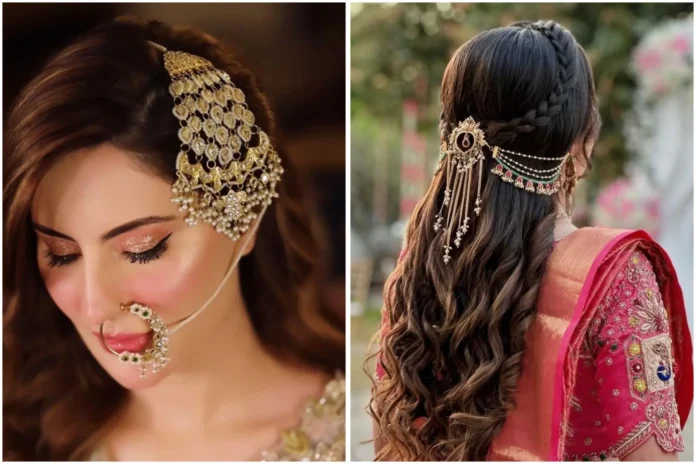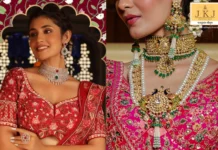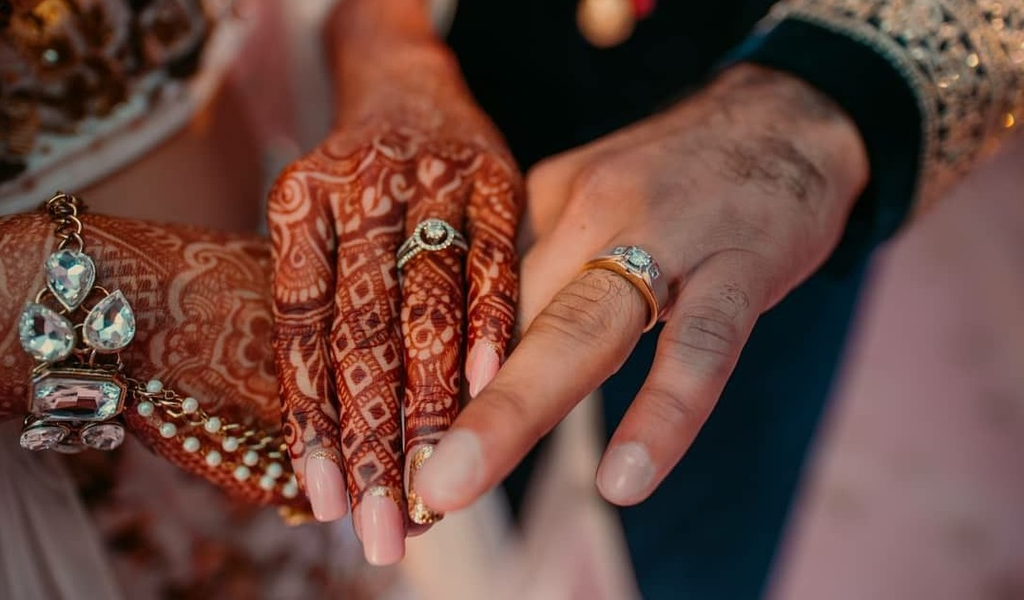A complete guide on bridal hair accessories for different types of wedding occasions!
Indian weddings are a magnificent celebration of tradition, culture, and beauty that span multiple days and include various ceremonies, each with its own significance and dress code. From the vibrant Mehendi to the sacred wedding ceremony and the glamorous reception, every function demands a unique look. While we often focus extensively on outfits and jewelry, hair accessories play an equally crucial role in completing your bridal or guest appearance. These decorative elements not only enhance your hairstyle but also add that perfect touch of elegance and cultural authenticity to your overall look.
The Significance of Hair Accessories in Indian Weddings

Hair accessories in Indian culture are far more than decorative items—they represent femininity, grace, and marital bliss. Traditionally, adorned hair has been considered auspicious, and many regional customs specifically emphasize elaborate hair decoration during wedding ceremonies. For brides, these accessories symbolize their transition into married life, while for guests, they serve as a way to honor the celebration and showcase cultural pride.
Read Also: World Vegetarian Day: Plan Your Wedding Menu
Essential Hair Accessories for Different Wedding Functions
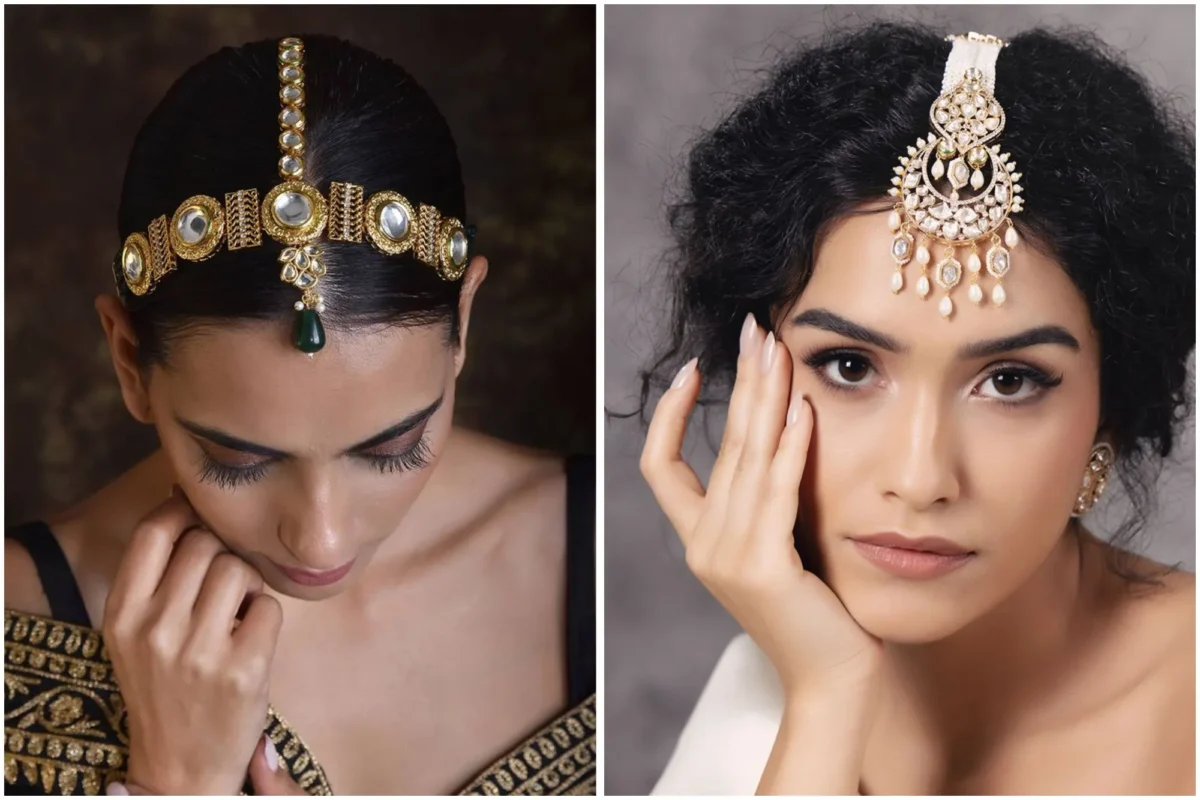
Maang Tikka: The Crown Jewel
The maang tikka is perhaps the most iconic hair accessory in Indian bridal wear. This forehead ornament consists of a pendant that rests on the center of the forehead, connected to a chain or hook that secures into the hair. Available in traditional gold designs, kundan work, polki settings, or modern minimalist styles, the maang tikka is versatile enough for both brides and wedding guests.
For the main wedding ceremony, brides often choose elaborate maang tikkas with intricate designs featuring precious stones, while guests can opt for simpler, elegant versions. The accessory works beautifully with center-parted hairstyles, whether you’re wearing your hair down in soft waves, in a sleek bun, or in a half-up, half-down style.
Passa/Jhoomar: Side Elegance
The passa or jhoomar is a side-worn hair ornament that originated in North Indian bridal traditions, particularly popular in Punjabi and Muslim weddings. Unlike the maang tikka which sits centrally, the passa adorns one side of the head, creating an asymmetrical, dramatic effect. These accessories typically feature elaborate fan-shaped designs with hanging elements that cascade gracefully.
Passas are perfect for brides during the Mehendi or Sangeet functions when you want to make a statement without the full bridal regalia. They pair exceptionally well with side-swept hairstyles, braids, or low buns positioned on the opposite side.
Fresh Flowers: Nature’s Ornament
Nothing says Indian wedding quite like the intoxicating fragrance and visual beauty of fresh flowers in the hair. Jasmine (mogra), roses, marigolds, and orchids are popular choices, each bringing their own charm and cultural significance. South Indian brides traditionally wear elaborate flower garlands (gajras) woven into long braids, creating stunning floral cascades.
For North Indian weddings, smaller gajras wrapped around buns or decorating braids are common. Guests can incorporate individual flowers tucked into updo hairstyles or behind the ear for a subtle, romantic touch. Fresh flowers are ideal for Haldi ceremonies, where the yellow marigolds complement the turmeric-based festivities, and for daytime Mehendi functions where their natural beauty shines.
Matha Patti: The Forehead Crown
The matha patti is an elaborate headpiece that covers a larger portion of the forehead compared to the maang tikka. It typically features multiple chains that drape across the hairline, often connecting to the maang tikka in the center and extending around the sides of the head. This regal accessory is reserved for special occasions and is a favorite among brides for the main wedding ceremony.
Modern variations include matha pattis with attached passa elements, creating a combined effect that’s both traditional and contemporary. This accessory requires careful hairstyling—usually a center part with hair pulled back to showcase the intricate design.
Hair Brooch and Jadai Billai
Hair brooches are versatile accessories that can be placed anywhere in your hairstyle—at the base of a bun, on the side of a braid, or as embellishment for loose waves. These come in various designs from traditional temple jewelry motifs to modern geometric patterns studded with stones and pearls.
The jadai billai is a South Indian hair accessory traditionally worn in braids. These decorative pieces are pinned at intervals along the braid, creating a stunning cascading effect. They’re essential for brides wearing silk sarees and represent classical South Indian bridal elegance.
Choosing the Right Accessory for Each Function
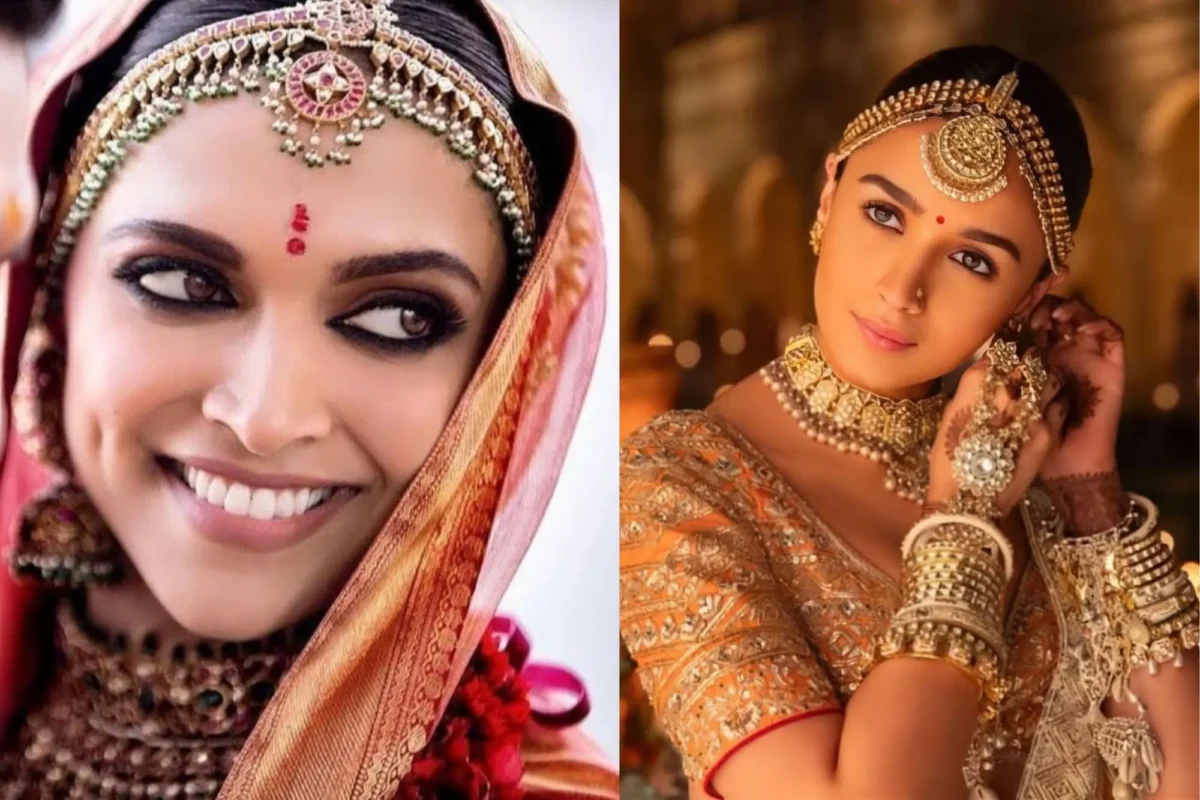
Pre-Wedding Functions (Mehendi and Sangeet)
For these vibrant, colorful celebrations, opt for lightweight, comfortable accessories that allow you to dance and move freely. Fresh flower gajras, simple passas, or decorative hair pins work beautifully. These functions call for accessories that complement your outfit without overshadowing it—think bright, playful, and fun rather than heavy and elaborate.
Haldi Ceremony
The Haldi ceremony is intimate and messy by nature, so choose accessories that can withstand turmeric paste and water. Fresh flowers, particularly yellow marigolds, are ideal. Avoid expensive or delicate metal accessories that might get damaged. Simple floral crowns or gajras wrapped around a bun are both practical and photogenic.
Wedding Ceremony
This is the moment to go all out. Brides should consider their most elaborate pieces—matha pattis combined with maang tikkas, extensive floral work, or complete sets that coordinate with their jewelry. The key is balance; if your necklace and earrings are heavy, you might opt for a simpler hair accessory, or vice versa.
Reception
Receptions call for glamorous, contemporary styling. Modern brides often choose sleek, minimalist hair accessories—perhaps a jeweled hair comb, a delicate maang tikka, or scattered jeweled pins in an updo. This is your opportunity to showcase a more westernized look while maintaining cultural touches.
Read Also: 6 Rashmika Mandana Looks to Steal for Dussehra 2025
Frequently Asked Questions
Q: How do I choose between a maang tikka and a passa?
A: Your choice depends on your hairstyle, face shape, and outfit style. Maang tikkas work well with center-parted hairstyles and symmetric looks, ideal for traditional ceremonies. Passas create drama with side-swept styles and work beautifully for asymmetric outfits. Brides with round faces often prefer passas as they elongate the face, while those with longer faces might opt for maang tikkas. Consider your outfit neckline too—heavy neckpieces pair better with simpler head accessories.
Q: Can I wear multiple hair accessories at once without looking overdone?
A: Yes, but balance is key. If wearing both a matha patti and passa, keep other jewelry minimal. The traditional South Indian bride often wears jadai billai, flowers, and a bun accessory together because they’re designed as a coordinated set. For North Indian styles, combining a maang tikka with flowers works beautifully. The rule of thumb: if your neck and ear jewelry are elaborate, simplify hair accessories, and vice versa.
Q: How can I prevent heavy hair accessories from causing headaches?
A: Distribute weight across multiple anchor points using several bobby pins rather than one clip. Take breaks if possible—remove accessories during meal times at lengthy functions. Practice wearing your accessory for short periods before the wedding to identify pressure points. Consider lighter-weight alternatives like hollow metal designs or silk thread jewelry. Ensure your hairstylist creates a strong foundation with proper teasing and grip products.
Q: What’s the best way to secure fresh flowers in hair for all-day wear?
A: Have flowers strung into gajras with a strong cotton thread that can be pinned into hair. For loose flowers, use floral wire or bobby pins specifically designed for flower attachment. Apply flowers to completely dry, styled hair—not freshly washed hair which is too slippery. Use hairspray as an adhesive base. For long events, keep backup flowers handy and mist existing flowers occasionally. Consider silk flowers for events longer than 6-8 hours.

